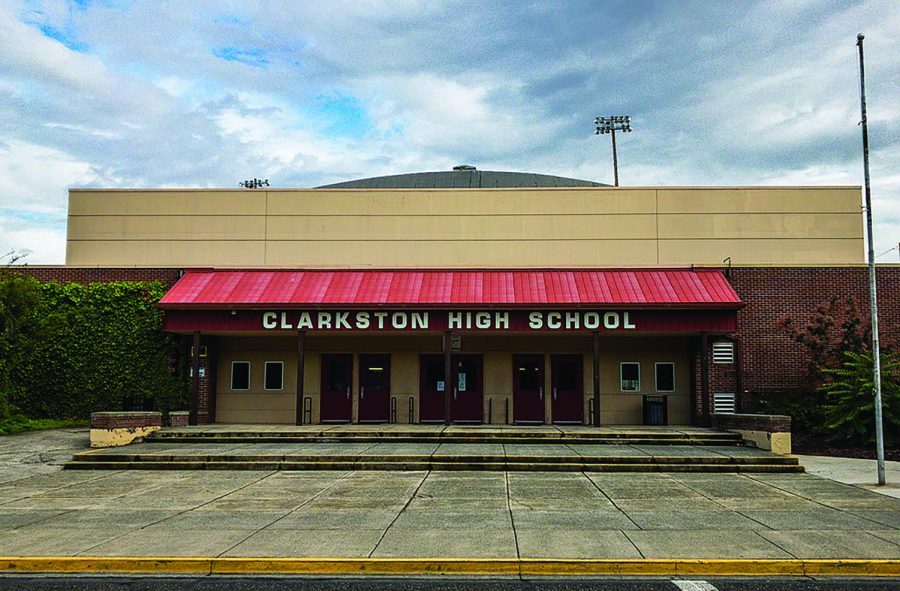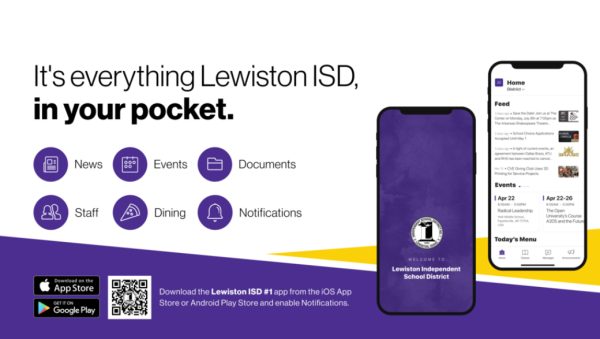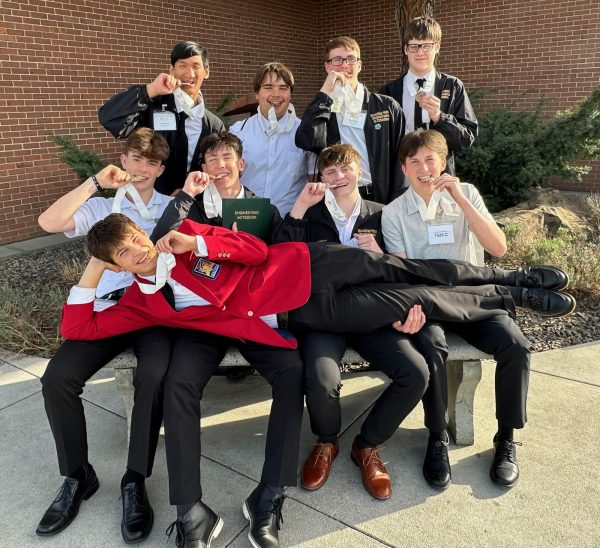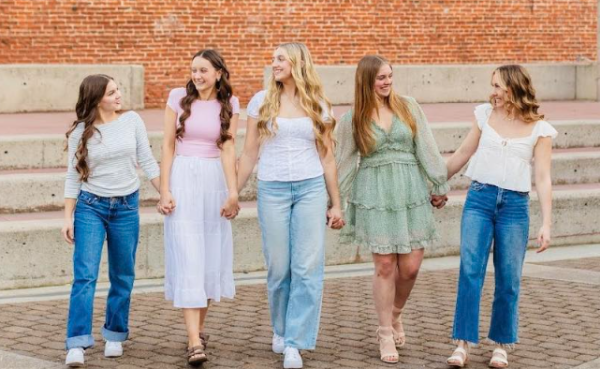How schools have handled COVID-19 day-to-day
Since March 2020 and to this day, schools across the country have reeled from the effects of the global pandemic COVID-19. Governors across the states of this nation are enforcing varying protocols to keep the virus contained and the people healthy. Thus, no two school districts look quite the same. With each having its way of complying with the learning requirements and safety guidelines, some schedules allow for full-time in-person learning. Others must remain remote, while the rest are transitioning to a hybrid schedule.
While schools have fully reopened in Idaho, the nearby city of Clarkston just across the river, we are seeing the school district grapple with just how to get children back to school safely. In an interview with Superintendent Thaynan Knowlton on Feb. 25, he claimed that to meet the current Washington requirements of maintaining 6 feet of social distance while in school buildings, “The Clarkston School District would need an additional 43 teachers and 34 extra classrooms.”
Clarkston students K-6 are learning on a hybrid schedule to allow for some extent of in-person instruction. And with the 6-foot distance requirement in place, it appears Clarkston schools will not be returning to traditional face-to-face protocol this year. However, Knowlton is optimistic it will be lifted before the 2021-22 school year. “I’m optimistic that in the fall, we’ll be able to be back to full time, face to face,” he said. He also adds that the majority of families and staff share his wishes. “That’s what we are all hoping for, and that’s what should happen.”
Another local school district, Asotin, is taking a much different approach to reopening their schools. As of March 5, Superintendent Dale Bonifield plans for both students and staff to return to in-person learning effective Monday, March 8. In a Casual Friday interview with the Lewiston Tribune, Bonifield also communicated a few challenges the school district has faced while keeping children working remotely.
“It’s really hard to keep students focused for six and a half hours. … Even adults that are attending Zoom meetings have a difficult time staying focused and staying engaged in what the topics are. So, it’s been a big challenge for the students as well as the parents, as well as our staff. But I really do believe all of them have stepped up, and we’ve done a really good job getting through this crisis,” he said.
The Asotin staff are currently next in line for the vaccine in the state of Washington, giving them additional comfort when returning to school safely. The district has also laid out several physical changes that will be put into effect. “What we’ve had to do is … take the books out of our library (and) move them back into a back room so we can still check out books. … Our library is a bigger space for those teachers that have bigger classes, and we’re able to get those desks in there to meet those needs at 6 feet apart,” Bonifield said.
Schools in the neighboring state of Utah are also approaching the pandemic with a priority on learning as they transition to a typical schedule. According to eighth-grader Claire Oswald, American Fork Junior High started online. Students are now being taught in person with the requirements of wearing masks and avoiding physical contact. Education is comparable to how it was before COVID-19 aside from having a shortened school day.
Even in the most unlikely of states, we see schools begin to reopen to in-person learning.
According to ABC 7, the Pasadena Unified School District of Pasadena, California, will allow their students to return to the classroom once again. The school board came to a final vote in which pre-k to second-grade plan to open Mar. 29. However, children in grades third through fifth will not be returning until Apr. 13, post-spring break. All teachers and staff for grades pre-k to 2nd have received or been offered their first dose of the vaccination. To encourage schools to reopen, the state provided a $2 billion package of incentives.
Not only are junior high and elementary schools affected, but even colleges such as Eastern Oregon University are struggling to adapt appropriately. Sophomore Ben Cunningham says before the pandemic, the campus was filled with students, and nearly all classes were entirely in person. Wearing masks and sanitizing campus facilities was never a priority. Now, only a limited number of students may be in a classroom at one time, masks must be worn, and social distancing is enforced at all times, except during sporting events. Although these rules have not changed, students are gradually returning to in-person learning. Staff is continuing to reach out and provide students with helpful resources such as tutors, in person or via Zoom call.
Whether a school is local or in a distant location, everyone is affected by the COVID-19 pandemic. The best results will come by continuing to be there for each other and to do so safely, continuing to open schools and allowing children the opportunity to learn in classrooms where they can do their best. During this time, the need to unite around one common goal, reopening the world, is greater than ever.





